From FIR tracking to traffic challans — new platform aims to bring police services via chat, voice and video in Tamil & English.
By Sarhind Times Tamil Nadu Bureau
Chennai | October 19, 2025
In a landmark step towards digital policing, the Greater Chennai Police (GCP) have announced the development of an AI-powered virtual assistant platform that will allow citizens to interact with police services via chat, voice, or video in both Tamil and English. The service, which will integrate with existing police databases — from FIR/CSR tracking to traffic challans, IMEI checks and licensing portals — is expected to roll out in phases over the next seven months, with maintenance for three years thereafter.
The Vision: Policing at Your Fingertips
The GCP’s proposed virtual assistant is designed to meet requests via familiar platforms — WhatsApp, social media, the official Tamil Nadu Police website, mobile apps and dedicated AI-kiosks at public places. Officers say the move aims to “reduce the friction of visiting stations, waiting on hold or navigating complex portals” and to bring police-citizen interaction into the mobile era.
A senior GCP official commented:
“Citizens should not have to stand in queues or wait hours for updates on complaints. We are aiming for convenience, transparency and efficiency.” — Senior Officer, GCP
The system will support both Tamil and English languages, and is being developed to understand Tamil dialects over time. It will escalate queries to live human officers when needed.
Scope & Services
The assistant will link to:
- FIR and CSR status check
- Traffic challan payment and tracking
- Issuance of No Objection Certificates (NOCs), licences
- IMEI verification and vehicle register details
- Real-time voice/video chat/assist options for citizens
Tech vendors have been invited to build the system on a secure cloud infrastructure, compliant with Indian data-protection laws. The roll-out is planned in three phases:
- Phase 1 (first 7 months): basic chat/voice services
- Phase 2: full integration with backend systems
- Phase 3: kiosk deployment, video-chat and escalation workflows
Future maintenance and improvements will continue for three years.
Why It Matters
Public-service delivery has often lagged in rapid-response, multilingual, accessible modes. For many in Chennai — especially migrant workers, daily-wage earners and senior citizens — navigating police stations remains intimidating. This platform aims to shift that dynamic. As one resident said:
“If I can message the police and get a response in Tamil from my phone, that’s a big step.” — Puducherry Street-vendor, Chennai
From a governance viewpoint, the move aligns with India’s push for Smart Cities, Digital India and citizen–centric design. If executed well, the assistant could reduce footfall at stations, shorten response cycles, clear clerical backlogs and increase community trust.
Challenges Ahead
Despite the promise, observers caution about multiple implementation risks:
- Digital Divide: Not all citizens have smartphones or reliable connectivity; reliance on kiosks or public-access points will need attention.
- Backend Integration: Linking disparate legacy systems (FIR, traffic, licensing) into one seamless interface is complex and expensive.
- Training & Change Management: Police officers must adapt to new workflows; user-friendliness will determine uptake.
- Privacy & Security: With voice and video channels and sensitive data access, robust safeguards, audits and transparency must be built in from the start.
Technology expert Dr. S. Krishnamurthi of Chennai Institute of Technology sums it up:
“The tool is only as good as its delivery. If citizens don’t feel heard, they’ll revert to old channels. Success lies in how frictionless the experience becomes.”
Update to Policing Culture
The GCP’s innovation also signals a broader cultural shift within policing—from enforcement-centric to service-centric. Instead of citizens approaching stations; stations approach citizens.
GCP Commissioner A.K. Viswanathan (profiled earlier) has emphasised “smart policing with human touch” and repeatedly called for technology to complement, not replace, on-ground personnel.
In a city that already boasts AI-driven surveillance at locations such as Marina Beach and adaptive traffic signals, this represents the next frontier: digital interface for public services.
Early Reactions
Citizen groups and tech advocates have welcomed the move.
- Chennai Chamber of Commerce called it “a major enabler for businesses and commuters”.
- NGOs working with the elderly noted that multilingual support is critical.
- Some unions urged that physical accessibility must not decline as digital services grow.
Looking Ahead
Within the next six months, Chennai may become one of the first metropolitan police forces in India to provide 24×7 AI-driven citizen access across multiple service lines. Feedback loops, response-time metrics, escalation dashboards and user-satisfaction surveys are being designed alongside the technical rollout.
If successful, the model could be replicated across other states, making Chennai a testbed for the future of policing in India.
#ChennaiPolice #AIinPolicing #DigitalIndia #SmartCity #CitizenServices #TamilNadu #SarhindTimes











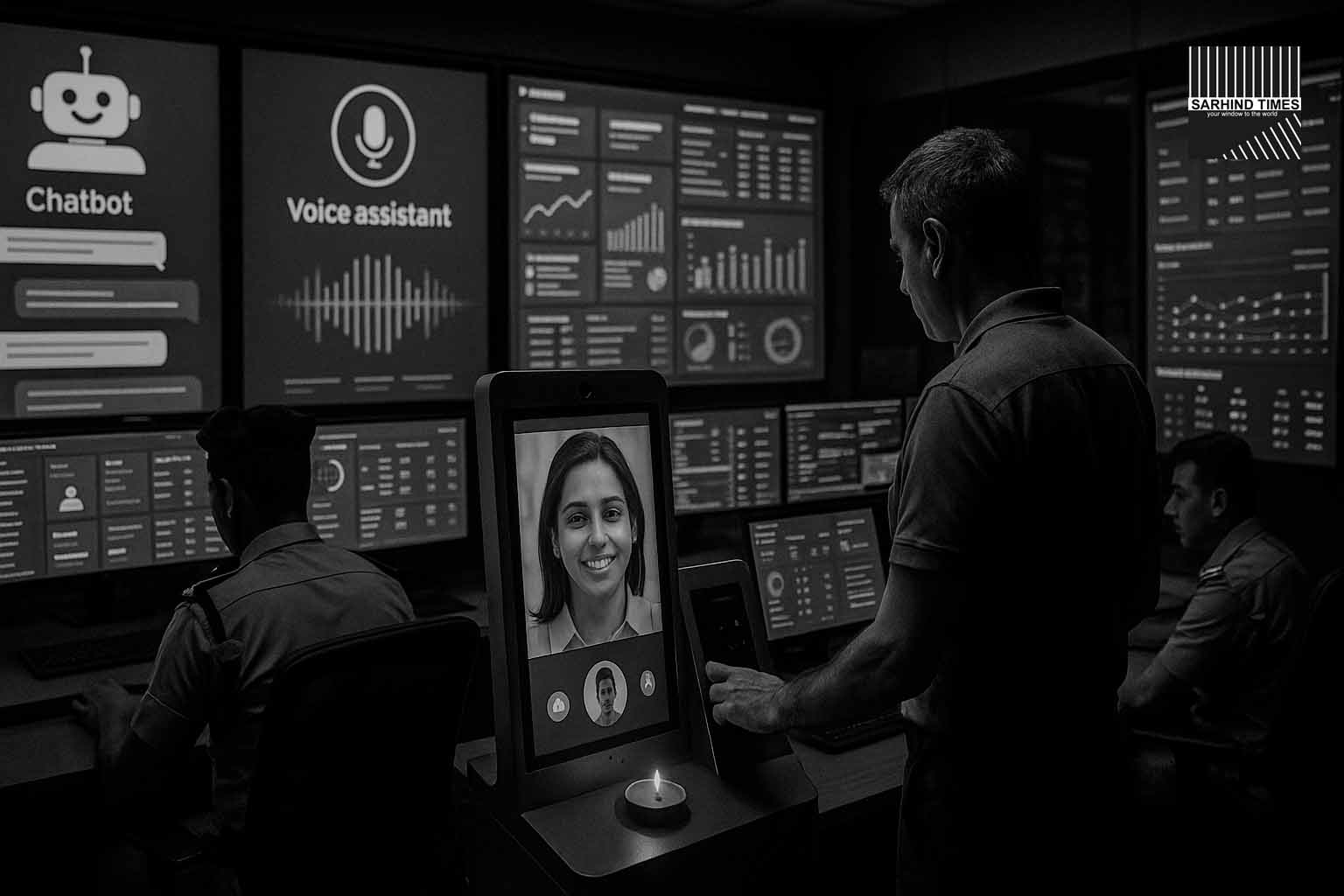
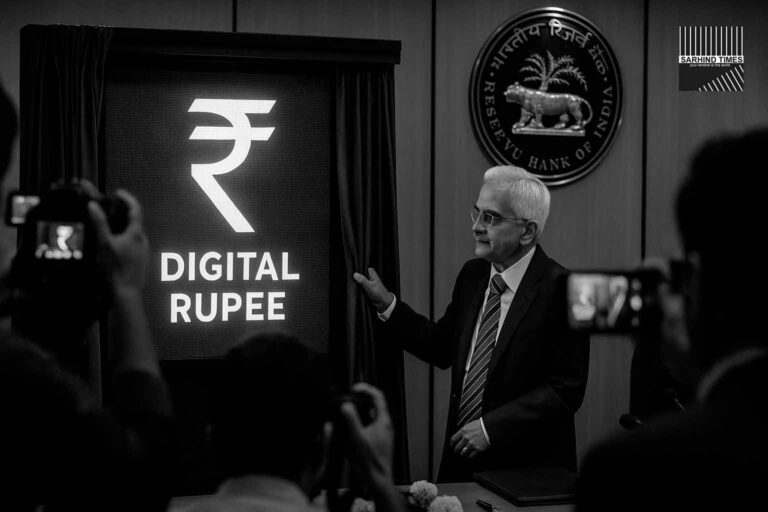

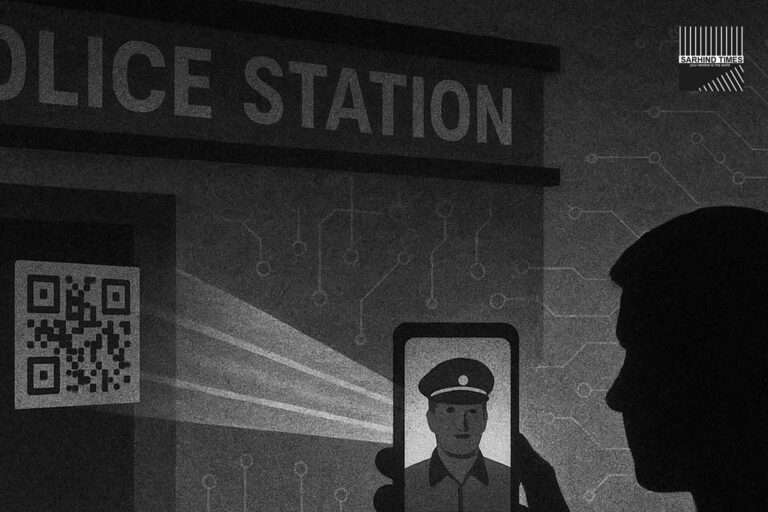
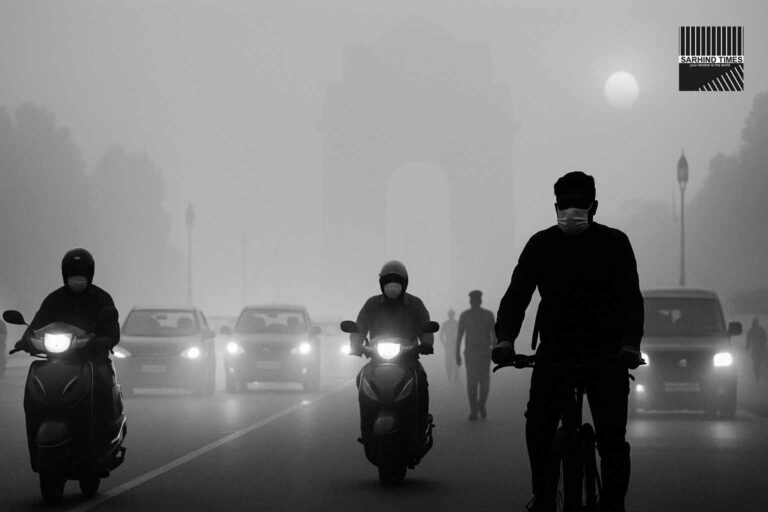
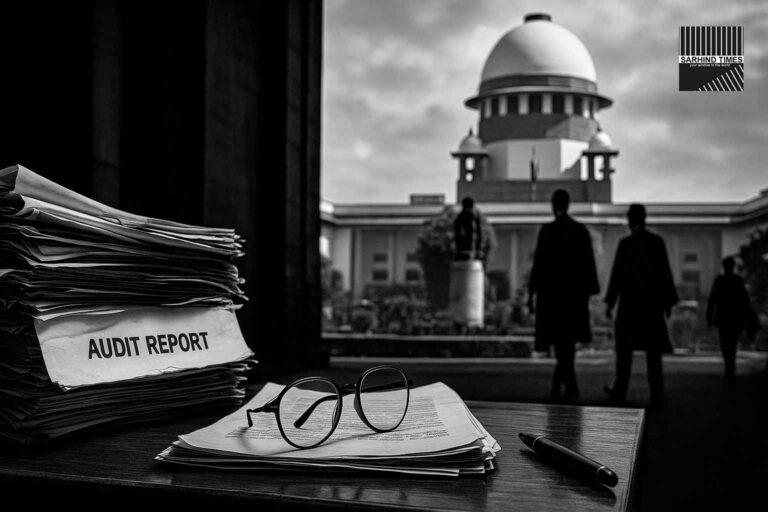



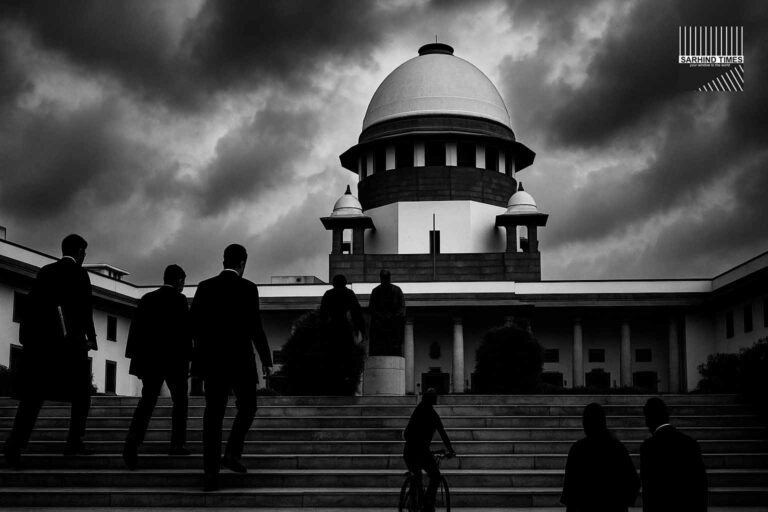
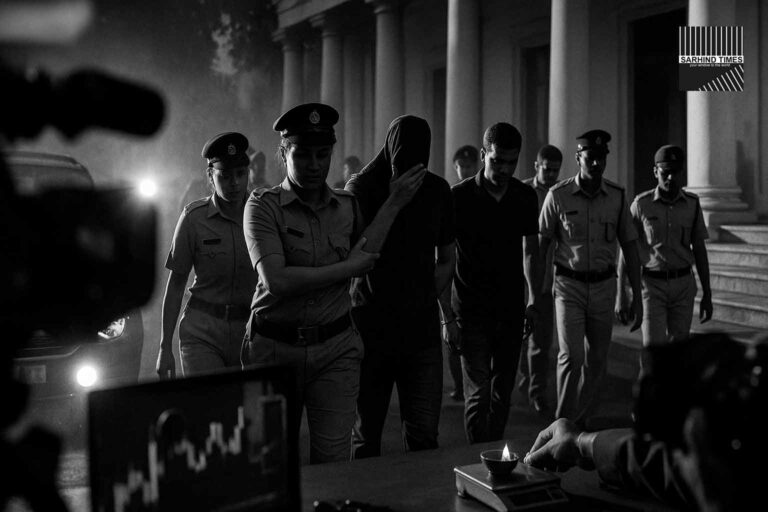
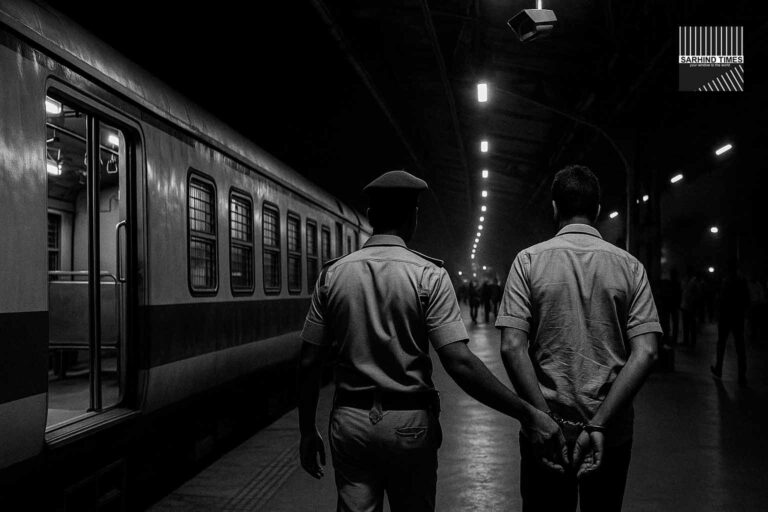
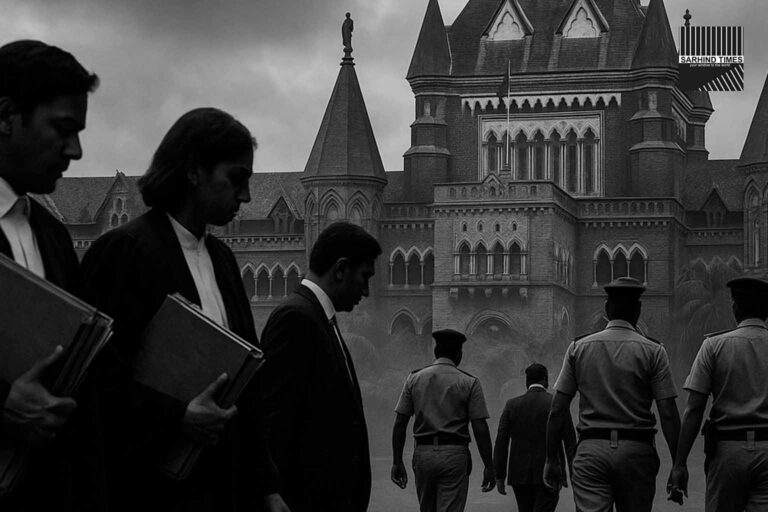
+ There are no comments
Add yours